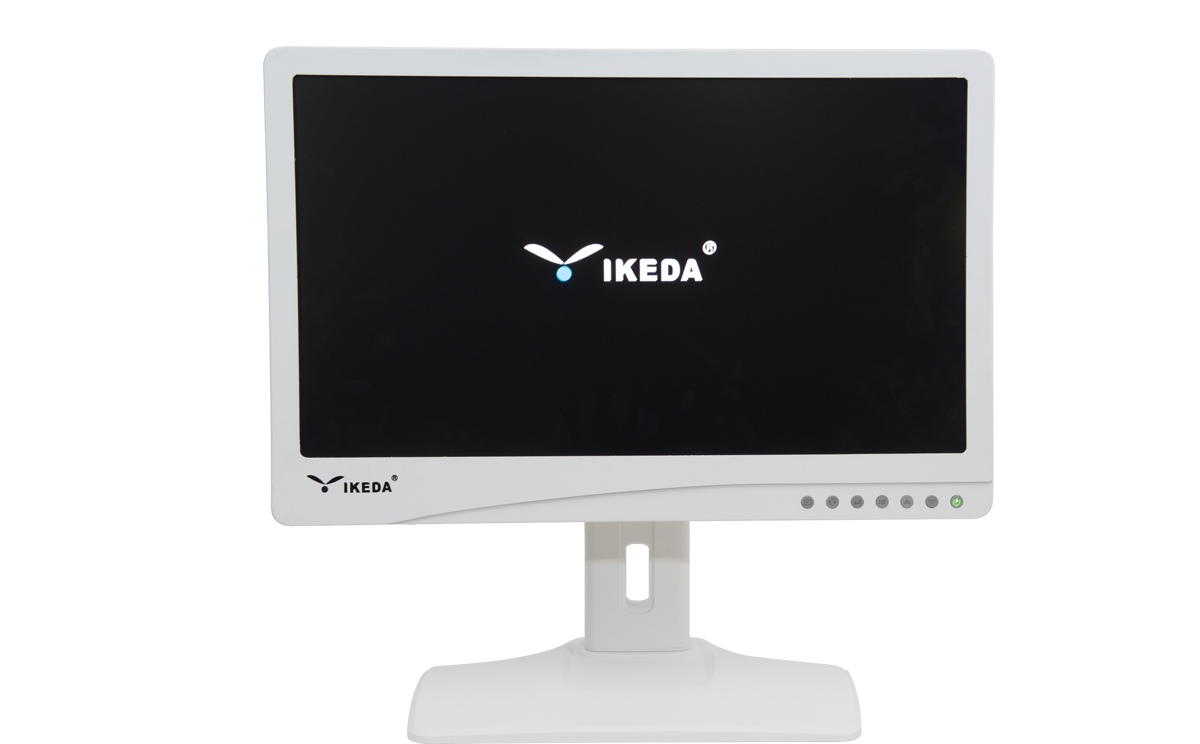Endoscope monitor is one of the indispensable equipment in endoscopic minimally invasive surgery. Doctors can intuitively observe the real situation of various organs such as internal organs through the images obtained on the endoscopic monitor, and help doctors perform better operations. There are many manufacturers of endoscope monitors on the market. How to choose an endoscope monitor? Endoscope manufacturers will answer for you.
1. The brightness of the endoscope monitor
The higher the brightness of the endoscope monitor, the more grayscales that the human eye can distinguish; high brightness can enlarge the grayscale between the darkest and the whitest, because medical displays require high grayscales to express medical radiological images. High brightness correspondingly enlarges the grayscale between the blackest and the whitest, and provides a grayscale effect equivalent to film for doctors’ diagnosis. Therefore, in order to improve the resolution of grayscale, the brightness of the display must be high.
2. Grayscale
Grayscale refers to the level that the display can display from the brightest value to the darkest value, that is, the degree of brightness. The more grayscales, the smoother the transition of grayscales. The gray scale is an important parameter to truly display the patient's lesion in the medical image. The more gray scale levels, the higher the quality of the image reading can be guaranteed, which is of great help to the early diagnosis of the lesion. To achieve the reproduction of black and white images with continuous gray levels, a graphics card with an output gray level above 10bit should be selected.
3. High resolution of endoscope monitor
The actual number of display pixels per unit area is the resolution. Endoscope monitors require high resolution, most of which are above 1280*1024. The resolution of medical displays is directly proportional to the price and is positively related to the resolution of radiological equipment. The device should be equipped with a display of the corresponding resolution.
4. Response time
Response time refers to the speed at which each pixel responds to the input signal, that is, the speed at which the pixel changes from dark to bright or from bright to dark. The display speed acceptable to humans is generally 24 frames per second. If the display speed is lower than this standard , People will obviously feel the pause and discomfort of the picture. According to this standard calculation, the display time of each picture needs to be less than 40ms.
5. Contrast
Contrast is also called dynamic range. Contrast ratio describes the difference between the display's ability to display black and white, and expresses the ratio of the brightest value to the darkest value of the display. The higher the contrast, the clearer the image, but when the contrast reaches a certain level , Color purity will be problematic, only the right combination of brightness and contrast can present beautiful picture quality.
6. The size of the monitor
At present, the sizes of CRT monitors on the market are distributed from 17 inches to 21 inches, and the sizes of liquid crystal (LCD) monitors are between 18 inches and 32 inches. Choose the appropriate size monitor according to your needs.
7. Horizontal and vertical screens
Regarding the question of whether the endoscope monitor is to choose horizontal or vertical screen, you can choose according to your own habits. According to the needs of the doctor, you can set the horizontal/vertical screen switch.
Understanding these factors can help us choose a better and more appropriate endoscopic monitor.
